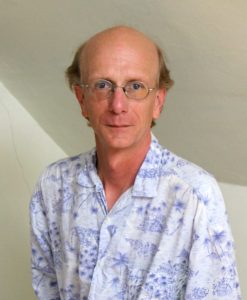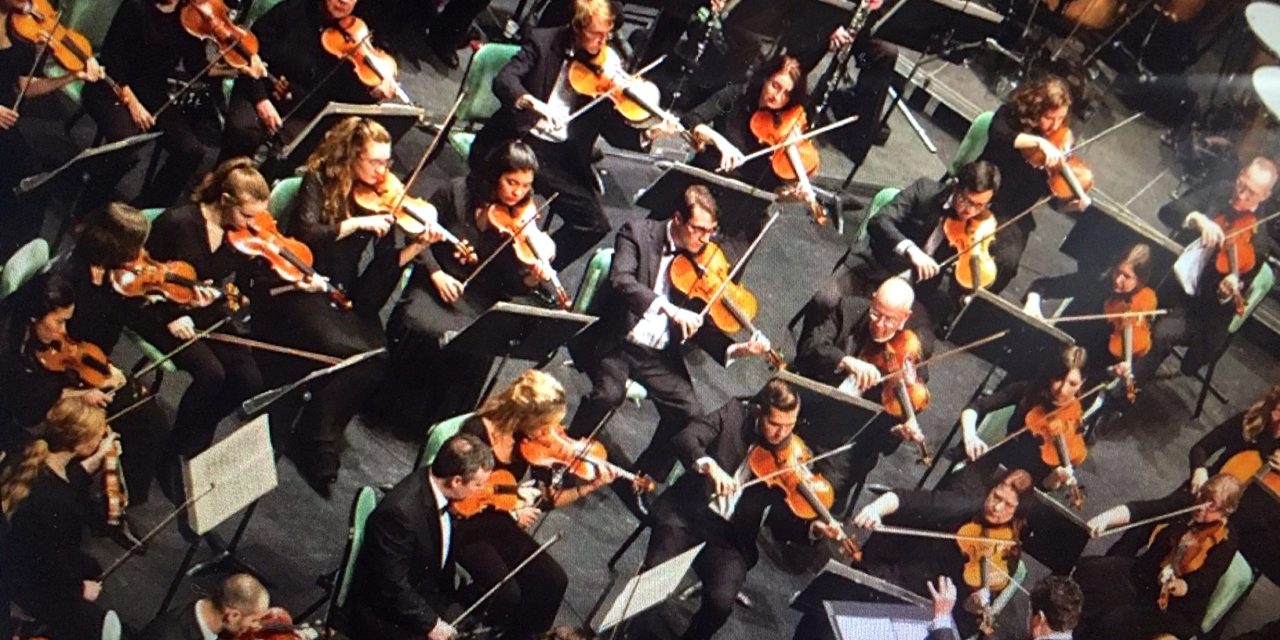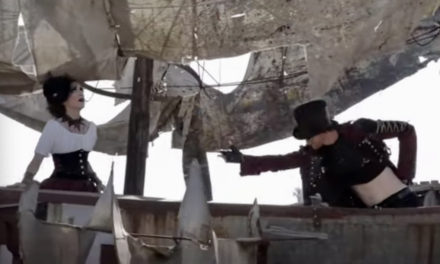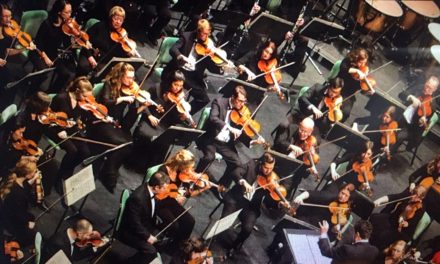By Daniel Buckwalter (#commonmanatthesymphony)
The rainy season is almost upon us in western Oregon. For five months, at least, it will be dank. Even fog and drizzle will seem heavy. When the sun closes at 5 p.m. (and you will be forgiven if you forget the sun), the nights will seem endless. Spring will be a distant wish.
I will take my nightly walks. I will sometimes talk to people, perfect strangers. Mostly, I will see men and women layered three-deep in fashionable garments, under umbrellas, aiming to be enclosed in their vehicles so as to be encased in their homes. I will wonder about their lives.
They will be in a rush. Always, they will be in a rush. Society may be going to hell in a handbasket — the world could well be extinguished — but those are shouted, distant, headlines on cable news. Those headlines always are shoved aside in the segregated mind.

Arts reviewer Daniel Buckwalter; photo by Randi Bjornstad
It’s my favorite time of year to take these walks. I was reminded of this on Oct. 18 (from my second-row seat next to violinists, no less) when the Eugene Symphony Orchestra, under the direction of Francesco Lecce-Chong, played Leonard Bernstein’s Second Symphony (The Age of Anxiety) before a nearly sold-out audience at the Hult Center for the Performing Arts in downtown Eugene.
The Age of Anxiety is the second of three tributes the orchestra will play in this season in the centennial year of Bernstein’s birth. The first, in September, featured Three Dance Episodes from the 1949 movie, On the Town. The final, Fancy Free, will be Nov. 15.
Until then, I will walk the streets of Eugene at night and think of the four strangers in W.H. Auden’s poem, The Age of Anxiety: A Baroque Eclogue, which was published in 1947, won the Pulitzer Prize the following year, and is ridiculously hard to read. I hope to finish it sometime this year.
I will think of 1949, when Bernstein wrote the orchestral extension of the poem, and when Europe and chunks of Asia were in ruins following World War II; the United States and the Soviet Union had nuclear weapons pointed at each other; and America was just beginning its ongoing attempt to bridge social divides.
It’s a beautiful symphony in six movements, from lonely clarinets at the outset to the piano — here with guest pianist Ran Dank — having what I view as an argument with the percussionists, to “The Epilogue” where strings and winds combine for a more positive statement of where we Americans today might go if we abandon the concept held by many of “they, the enemy” among us.
This was not solved by Bernstein’s symphony, obviously, but transcendent art can penetrate darkness and give hope, hopefully, to our inner angels. It’s what I’m counting on, at least.
Art can play a role. David Schiff’s Stomp (a rousing opener to the night) and Ludwig van Beethoven’s Symphony No. 8 (the grand finale) are proof that orchestral music can take on the wonderment of all musical eras. I appreciate the Eugene Symphony for that.
Mostly, when I think back on this performance by the Eugene Symphony, I will recall my second-row seat to the right of the orchestra. “You can see everyone’s ankles,” the usher remarked as she pointed out my seat. I also could see clearly the score of two violinists in front of me. If I could read music, I would have followed right along.
There were scuff marks on the stage that probably can’t be seen by audience members farther back, but I relished that intimacy. I also enjoyed seeing Dank’s furrowed brow as he brought the piano alive during The Age of Anxiety, as well as Lecce-Chong’s deeply expressive face during Beethoven’s Symphony No. 8.
I will smile, too, at the memory of two violinists who each had a string break on their bows while playing the Beethoven. It never disturbed these women, but I wondered if it annoyed them. I did not see how one of the violinists handled it, but the second, in a slight pause, gracefully yanked the string from her bow and tossed it to the stage floor, then went back to work. Clearly, this was not her first rodeo.
I encourage one and all to get to the symphony. Visions and memories can be made with great music, and the Eugene Symphony Orchestra, now in the second half of its first century, is a local treasure for doing just that.








